Unflappable Spaniard David Puig has joined legendary countryman Seve Ballesteros as an Australian PGA champion after emerging from a congested field at Royal Queensland GC.
Golfing News & Blog Articles
Scott fires 66, needs 'beauty' to end title drought
Adam Scott won't overthink a five-year title drought, admitting he'll still need a final-round "beauty" after putting himself in the frame for a third Australian PGA Championship.
The Best Black Friday Deals at PGA Tour Superstore
Black Friday is always a big week for golf gear and just about everything else. Honestly, at this point, if a retailer doesn’t have a Black Friday sale, something is very wrong. That being said, we’re all golfers (or shopping for golfers), and if you’re looking to upgrade something in your own bag or you’re shopping for a player who’s impossible to buy for, PGA Tour Superstore’s Black Friday Sale should have something for just about everyone. As a fellow golfer and shopper, I’ve gone through all of their items on sale and picked out the best ones so you don’t have to.
16% Off Callaway Elyte Hybrids
The Callaway Elyte X was our third best overall hybrid of 2025. Noted for its accuracy and distance, this hybrid is just about anything a player could ask for in a club. If the Elyte X doesn’t fit your game or you’re looking for something else, don’t worry: all Callaway hybrids are 16% off. They all retail for $319.99, and for Black Friday, you can get them at $269.98 This is a really solid opportunity to pickup a great club at a nice discount.
$100 Off TaylorMade Qi35 Drivers
If the Qi35 is good enough for Tommy Fleetwood, it’s definitely good enough for you. For Black Friday, the entire Qi35 line is on sale for $100 off, and there’s definitely a driver for everyone’s game here. While we’re here, even though it’s not exclusive to Black Friday, there are a ton of other popular TaylorMade drivers at discount, too. Even though it’s an older model, the cult favorite SIM2 Max is still on sale for almost $200 off.
22% Off TaylorMade TP5x Stripe 2024 Golf Balls
I am all about striped golf balls. They are easier to hit off the tee and help you make sure you’re putting on-line. Everyone knows it, golf balls are expensive, and getting a discount on a premium ball is always a good thing. If you’re shopping for a lower spinning, higher flying ball, look no further than the TP5x Stripe. For $14 off, this is a solid deal.
$500 Off Approach R50 Golf Launch Monitor
Look, this isn’t for everybody. However, if you’re a serious player who’s looking to take your game to the absolute next level, this is your chance to get $500 off an awesome launch monitor. If you’re shopping for or are the type of player who cares about ball speed, swing speed, launch angle, and has their own indoor simulator setup, this is certainly a solid deal.





Best Black Friday Golf Deals (2025)
Black Friday is here, and I feel insane just typing it. This year has FLOWN by. It seems like just yesterday we were all watching Rory win The Masters. But alas, here we are: staring down Thanksgiving dinner, and in the back of our minds, we know that means it’s time to start holiday shopping. If the dread of holiday shopping is weighing heavily on you, you don’t know where to shop, and/or don’t know who has the best deals, I’m here to help. These are, in my humble opinion, the best Black Friday golf deals.
Legato LTX 3085 Golf Balls – 44% Off
The Legato LTX 3085 is a 3-piece urethane golf ball engineered for balanced distance, control, and feel. It features a cast urethane cover for premium short-game spin, a high-speed core for maximum ball speed, and a 350-dimple aerodynamic pattern for consistent flight in all conditions. Designed to rival top-tier tour balls, the LTX 3085 delivers tour-level performance without the tour-level price, giving golfers a soft, responsive feel and dependable performance from tee to green. For Black Friday, these things are at crazy discount, too. Originally, $39.99 a dozen, these are on sale for $22.39… That’s definitely a deal worth shopping.
Pinned Golf Caddie GPS Tablet – $50 Off
The Caddie GPS Tablet from Pinned Golf is on sale for the first time ever, dropping to $399.99 from its usual $450. This was named Best New Product at the 2025 PGA Show and comes preloaded with 45,000 courses. You can track scores, dive into advanced analytics, and play multiplayer games like stroke play, wolf, Nassau, or Stableford. If you’re looking for a solid Black Friday tech deal for golfers, this one is an easy choice.
BirdieBall – 20% off Sitewide with Code BFCM
BirdieBall is taking 20% off everything on their site with code BFCM, and it’s one of the better practice-gear deals you’ll find this week. Their mats, putting tools, and training aids are genuinely useful for anyone who likes working on their game at home, and the discount applies across the entire lineup. If you’re shopping for something to hit, roll, or tinker with during the off-season, this is an easy place to start.
FiberBilt Golf – 45% Off Hourglass Pro Mat and Free Shipping
The Fiberbuilt Hourglass Pro is one of the best practice mat deals this season. For Black Friday, they’re offering it at 45% off, and if that’s not good enough, they’re also including free shipping into that deal. The design of the Hourglass Pro makes at-home practice a lot more structured. The hourglass shape helps with stance and ball position, the surface holds up well, and setup is straightforward. If someone wants a real upgrade for their garage, basement, or simulator space, this is a great deal.

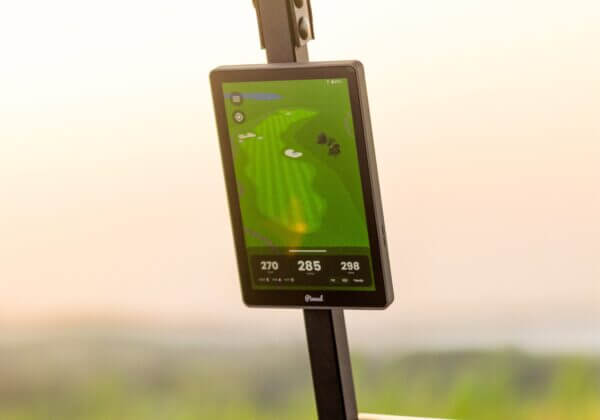






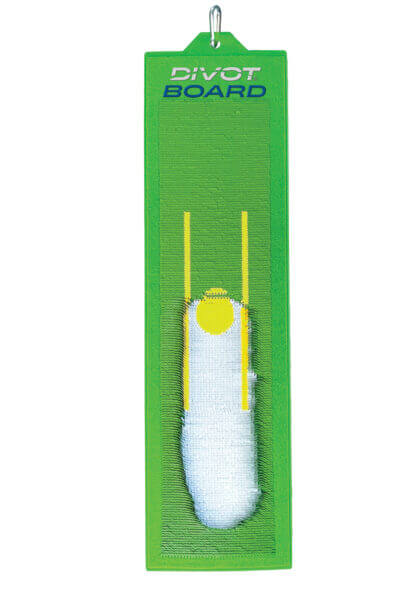









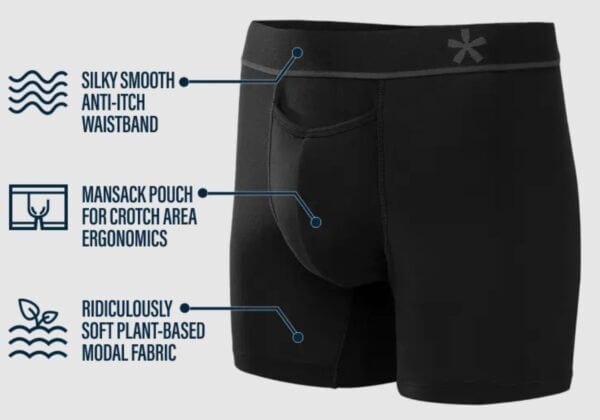

Why The PGA Tour’s Potential Schedule Changes Could Backfire
Schedule tinkering has been a recurring theme for the PGA Tour over the last few years, ever since LIV Golf shocked the ecosystem of professional golf by snatching some of the world’s most popular players.
Commissioner Jay Monahan had a tumultuous tenure with decisions he made after Saudi Arabia’s Public Investment Fund started making moves, and it appears new CEO Brian Rolapp may want to further adjust the PGA Tour’s schedule.
While we don’t have a ton of information yet, Harris English might have leaked some before playing in the final tournament of the year, the RSM Classic in Sea Island.
The Ryder Cupper noted there’s talk of the Tour schedule starting after the Super Bowl, which could mean the demise of longstanding tournaments in Hawaii and significant adjustments to the West Coast Swing.
Even more interestingly, English mentioned Rolapp pushing for additional changes and possibly holding only 20 to 22 events a year starting in 2027.
Steel Versus Graphite Iron Shafts: The Fitting Result I Didn’t See Coming
When I booked my iron fitting, I walked in with a completely closed mind. I’m a lower-handicap golfer with mid to high iron speed. I rely on ball flight control, not added height, and I’ve always shaped shots without needing extra launch help. In my mind, graphite shafts weren’t even part of the conversation.
Steel was for golfers who wanted precision. Graphite was for golfers who needed help getting the ball in the air.
That was the rulebook I’d been carrying around for years.
The rulebook we all grew up with
For decades, the steel-versus-graphite decision felt straightforward. Steel was heavier, lower-launching and ideal for players who wanted to work the ball or keep spin and trajectory under control. Graphite was generally positioned as lighter, higher-launching and better suited to players who needed help with speed, which reinforced the stereotype.
That mindset and understanding was based on real limitations with early graphite. Those shafts often had higher torque, thinner walls, limited weight choices and a softer feel although some models performed better than others, depending on the manufacturer and construction. If you had speed and you cared about shaping shots, steel was seen as the responsible choice.


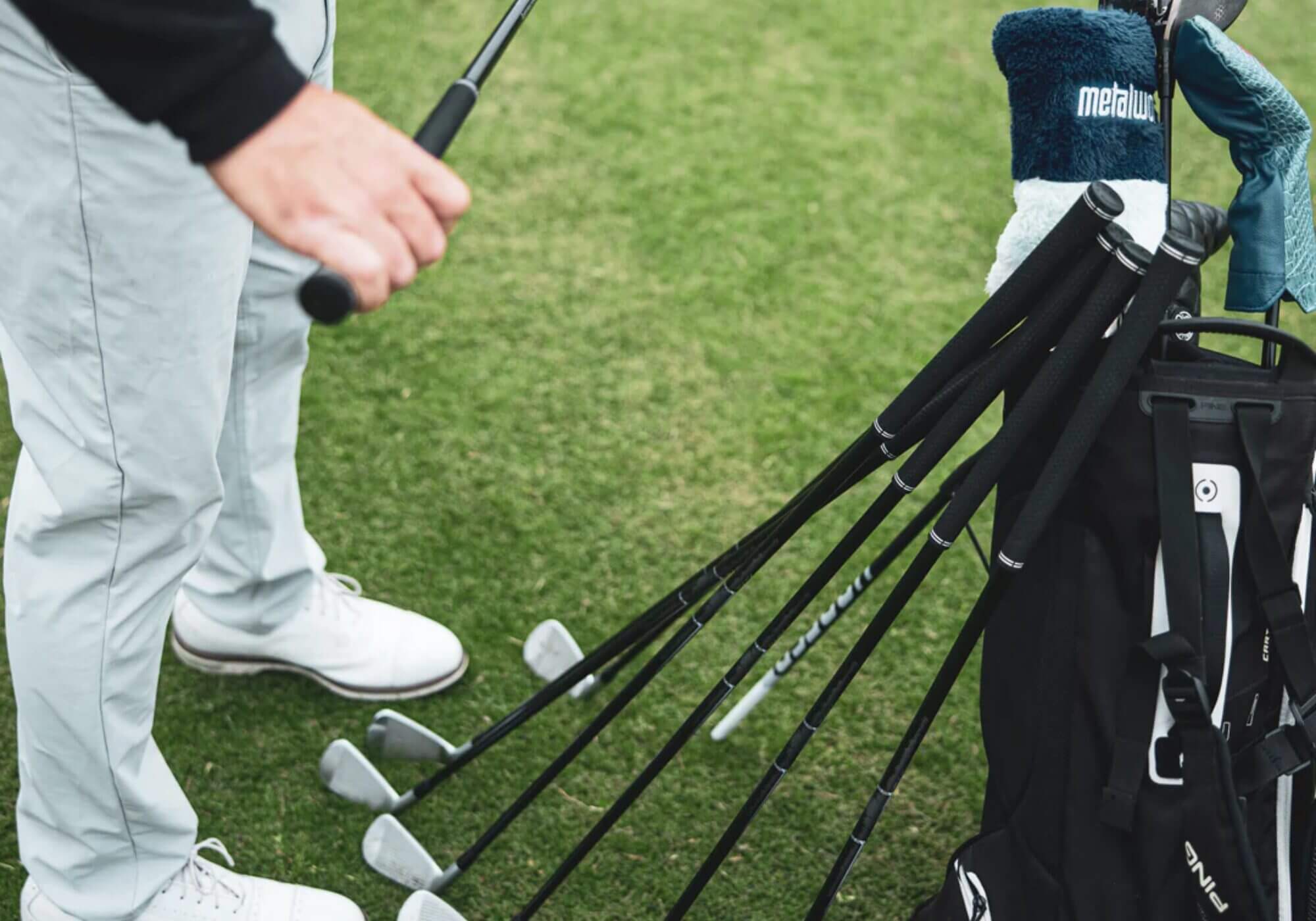
6 Ways Simulator Golf Makes You A Smarter Player
Most golfers think simulators are about convenience: playing 18 holes in an hour, avoiding bad weather or squeezing in swings after the kids go to bed. While these things are all true, there are times when simulator golf can make you a smarter/better golfer.
Simulators can teach you about your real tendencies, cause and effect, and even help you to stop guessing which shots to hit.
1. You become a more data-driven, analytical player
Once you start seeing launch angle, ball speed, face-to-path and spin after every swing, it’s impossible to go back to “feel” alone. You start understanding why a ball fades, why a wedge balloons or why your driver doesn’t carry as far as you think.
That awareness makes you a smarter player because:
You diagnose your misses fasterYou build feels that match the actual numbersYou stop chasing swing thoughts that don’t matter2. You learn your real yardages and shot dispersion
Almost every golfer overestimates how far they hit the ball. But simulators can fix that fast. After a few sessions, you learn the truth about:
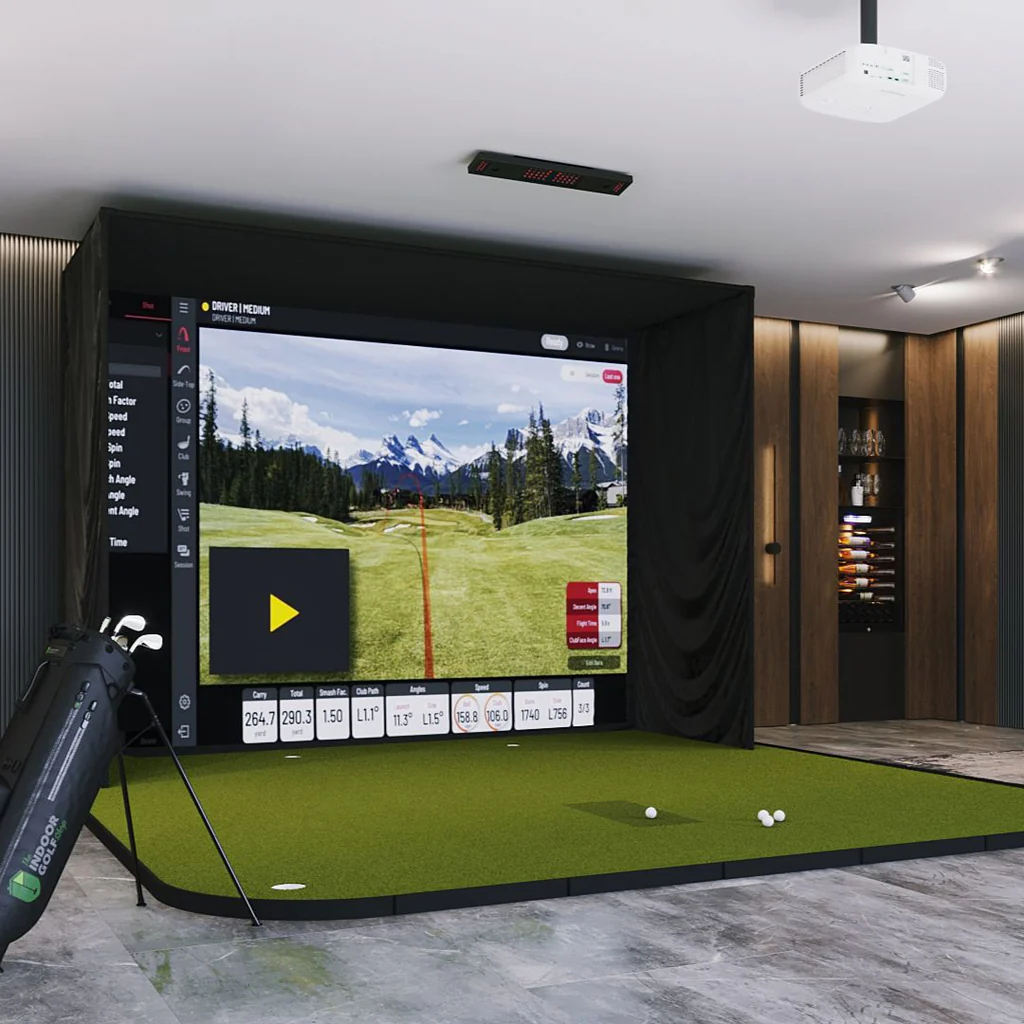
Struggling Smith seals 7th straight missed cut
Cameron Smith has endured another hometown horror show, the three-time Australian PGA champion fading badly to card a four-over 75 and miss a seventh straight cut.
McIlroy: Tour merger with 'irrational' LIV unlikely
Rory McIlroy doubts the fracture in golf will be repaired, as the "irrational" spending of the LIV series has created such a gulf in the sport.
2-time major champion Fuzzy Zoeller dies at 74
Fuzzy Zoeller, a two-time major champion and one of golf's most gregarious characters whose career was tainted by a racially insensitive joke about Tiger Woods, has died, according to a longtime colleague. He was 74.
Garcia in PGA lead before rain halts Brisbane
Only Brisbane's wild weather could stop Sebastian Garcia from storming further clear at the Australian PGA Championship after the local stars all fired opening-round shots.
2025 Australian PGA Championship: TV schedule, streaming info, how to watch, tee times
How to watch the 2025 Australian PGA Championship this week, including a full Australian PGA TV schedule and streaming details.
The post 2025 Australian PGA Championship: TV schedule, streaming info, how to watch, tee times appeared first on Golf.
Blind spots in our World Top 100 ranking? Our audience called out some
GOLF's ranking to Top 100 Courses in the World is a biennial tradition that triggers its own ritual: public feedback.
The post Blind spots in our World Top 100 ranking? Our audience called out some appeared first on Golf.
'15th club in the bag': Tiger Woods' former caddie comes out of retirement
Tiger Woods' longtime caddie Steve Williams is coming out of retirement to caddie for an Australian pro, with an eye on the 2026 Masters.
The post ’15th club in the bag’: Tiger Woods’ former caddie comes out of retirement appeared first on Golf.
Survey Results: The Top 10 Golf Ball Brands Of 2025
In previous posts, we looked at the most popular golf ball among our readers by cover materials, splitting the rankings by Surlyn/ionomer and then urethane models.
This time around, we’re looking at the brand level only.
Before we get to results, there are a few things to consider:
These results reflect answers to a survey of MyGolfSpy readers with more than 5,400 responses.The survey was conducted before the Tour Edge Exotics golf ball and the Amazon Basics golf balls were released. As such, neither ball is included in the results.In most cases, for simplicity, the percentage values stated in the text are rounded to the nearest sensible digit.With that out of the way, here are the rankings.
#1 Titleist
No surprise that Titleist is the most popular golf ball brand with our readers, with just over 29 percent of you listing a Titleist model as your first choice. While percentages may differ, the overall result aligns with what we know about the market as a whole.










Driver Versus 3-Wood Accuracy Comparison: Which Finds More Fairways?
Many golfers assume 3-wood is the “safe” play off the tee. It has a shorter shaft, more loft and tighter dispersion.
To see what really happens when golfers club down, we broke down Shot Scope performance-average tee-shot data across handicaps 25 through scratch. P-Avg removes the very worst strikes and provides a realistic picture of what players produce when they hit the ball reasonably well.
The goal was simple.
Does a 3-wood actually hit more fairways than a driver?
25 Handicap
At a 25 handicap, the data shows almost no accuracy advantage when switching to a 3-wood. The fairway percentages are close, and the dispersion patterns look similar, but the 3-wood introduces more penalty shots and the distance gain from the driver (seven yards) provides slightly easier approaches without adding risk.







These Former Stars Just Lost Their PGA Tour Cards
The PGA Tour season came to an end last weekend at the RSM Classic.
With a new structure that awards only 100 full-time cards, the Tour is becoming more cutthroat. Those outside the top 100 may still have conditional status or the opportunity for sponsor exemptions, but many will end up back on the Korn Ferry Tour or chasing the big leagues via Q-School.
As a reminder, here is how the Tour is now formatted:
Those in the top 50 of the previous year’s FedEx Cup standings get into signature events for the following year. They are locked into those top spots and can’t earn points in the fall. Players who finish between Nos. 51-60 (the Aon Next 10) at the end of the fall earn spots into the first two signature events of the following season. Those players are RSM Classic winner Sami Valimaki as well as Max Greyserman, Garrick Higgo, Rico Hoey, Nico Echavarria, Aldrich Potgieter, Chris Kirk, Aaron Rai, Min Woo Lee and Max McGreevy.All players within the top 100 at the end of the fall earn a full-time Tour card. Players who finish 101st through 125th in the standings earn conditional Tour status, meaning they are waitlisted for starts. They typically get a meaningful number of starts but have to make the most of their opportunities to work their way up the ladder. If you are outside the top 125, you will likely be having an even harder time fighting for starts and might have to pursue status through one of the aforementioned avenues. Exceptions to the above include if you are a recent Tour winner or have a career money list exemption. Players receive a two-year exemption for winning an event.Here are a few of the notable players who lost their full-time cards.
1. Joel Dahmen
Dahmen became a folk hero, especially after Netflix’s “Full Swing” documentary.
The 3 Shots You Need To Break 80
Breaking 90 and 100 requires eliminating big mistakes and learning to keep the ball in play. Breaking 80 is different. The strokes that move you from the mid-80s into the 70s are much smaller—measured in fractions of a stroke, not blow-up holes.
Low 80s players already strike it well. According to Shot Scope data from millions of tracked rounds, the separation between an 82 and a 78 doesn’t come from miracle shots. It comes from tightening tee-shot dispersion, controlling trajectory from the rough inside 100 yards and turning long putts into stress-free tap-ins.
Here are the three shots that statistically move golfers from the low 80s into the 70s.
Shot No. 1: The 250-yard tee shot that stays in play
Even at this level, tee shots remain the single biggest separator. Shot Scope shows golfers trying to break 80 lose 1.4 strokes per round off the tee compared to players already scoring in the 70s.
The key is avoiding trouble. Penalties, punch-outs, blocked drives and unpredictable misses stall scoring faster than anything else. Golfers who consistently break 80 keep their tee shots in play and keep the clubface stable enough to eliminate the two-way miss.

Vessel Doubles Down On Black Friday/Cyber Monday: Now 40% Off On Select Items
If you’ve been eyeing a Vessel golf bag, now might be the time to pounce.
Vessel’s Black Friday/Cyber Monday 20 percent off sale has been going on for a few days now. Starting today, however, Vessel is doubling down, offering up to 40 percent off on select golf bags, travel gear and accessories.
If you’re scoring at home, that’s double the original 20 percent that was in effect as of yesterday.
What’s included?
A handful of items are getting the full 40 percent off deal. They include the Lux Prime mini-staff bag, the Player V stand bag in the Iridium colorway, products in the Amber collection, lifestyle bags in the Latte colorway, plus Vessel’s protective cart strap sleeves and magnetic towels.
Additional discounts apply to Lux Series 1 cart bags ($150 off) and the Player V stand bag in Heritage Brown (30% off).


Why Your Irons Launch Too High Or Too Low
Most golfers think launch angle is purely a swing problem. They’ll spend hours on the range trying to “fix” their ball flight, convinced they need to change their entire swing plane or attack angle. I’ve been teaching golf for years and i can tell you launch issues are rarely that simple.
Your launch angle results from multiple factors working together or against each other. Sometimes, what you think is a problem isn’t actually a problem at all.
When high launch is a problem
I worked with a player who was convinced his irons were launching too high. He’d hit what looked like beautiful shots but they’d balloon in any wind and he was losing 10-15 yards on every iron.
Adding loft at impact
The most common culprit for sky-high iron shots is adding loft at impact. This happens when your hands fall behind the ball at contact, effectively increasing the loft of the club. I’ve seen students turn a 7-iron into a 9-iron this way. You’ll know this is your issue if your divots are shallow or non-existent and the ball feels like it’s just floating up there.
Falling back through impact
Related to adding loft is the weight shift issue. When you hang back on your trail foot through impact, you’re essentially trying to “help” the ball into the air. The club bottoms out too early, you catch it on the upswing, and suddenly your 6-iron is launching like a pitching wedge.


